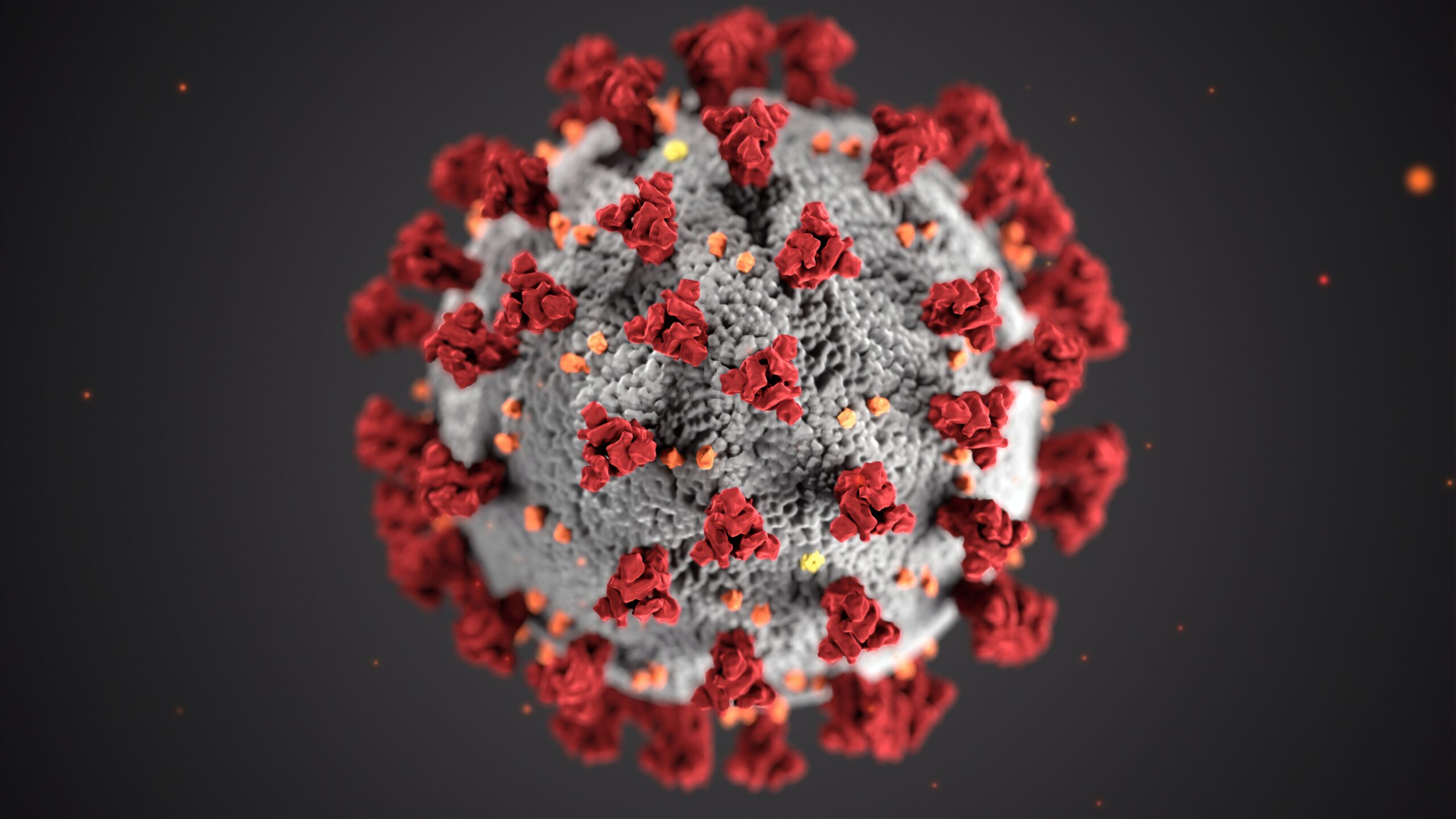Understanding and Managing Common Fungal Infections: Symptoms, Treatments, and Prevention

Fungal infections, though often overlooked, are common health concerns that can affect various parts of the body. From the irritating itch of athlete’s foot to the discomfort of a yeast infection, understanding these infections is essential for proper management and prevention. In this article, we’ll take an in-depth look at common fungal infections, including their causes, symptoms, available treatments, and practical prevention strategies.
- Athlete’s Foot: Unveiling the Itchy Truth
Athlete’s foot, medically known as tinea pedis, is a fungal infection that primarily affects the feet. It thrives in warm and moist environments, making sweaty feet and damp shoes an ideal breeding ground. Symptoms of athlete’s foot include itching, burning, redness, and peeling skin, often between the toes. To manage this infection, over-the-counter antifungal creams and powders can provide relief. Maintaining proper foot hygiene, wearing breathable footwear, and keeping feet dry can help prevent its recurrence.
- Ringworm: Not a Worm, But a Fungal Menace
Despite its name, ringworm (tinea corporis) is caused by a fungus and not a worm. It appears as red, circular patches on the skin, with a clear center and raised edges that resemble a ring. Ringworm can affect various body parts, including the scalp, body, and groin. Over-the-counter antifungal creams are typically effective in treating mild cases, while more severe infections may require prescription medications. Good hygiene practices, avoiding sharing personal items, and keeping the skin dry can prevent ringworm transmission.
- Yeast Infections: Candida’s Unwelcome Visit
Candida, a type of yeast, is responsible for causing common yeast infections. These infections can occur in various areas, such as the mouth (oral thrush) and the genital area (vaginal yeast infection). In women, symptoms of a vaginal yeast infection include itching, burning, and unusual discharge. Over-the-counter antifungal treatments are available for uncomplicated cases. Practicing good genital hygiene, wearing breathable clothing, and avoiding excessive sugar intake can help prevent recurring yeast infections.
- Nail Fungus: Battling the Intruder Beneath the Nails
Onychomycosis, commonly referred to as nail fungus, affects the toenails and fingernails. It can cause the nails to become discolored, thickened, and brittle. Nail fungus is often challenging to treat due to its location beneath the nail. Prescription oral antifungal medications may be necessary for severe cases. Preventing nail fungus involves keeping nails clean and dry, wearing breathable shoes, and avoiding prolonged exposure to damp environments.
- Jock Itch: Fungal Woes in the Groin Area
Tinea cruris, commonly known as jock itch, is a fungal infection that affects the groin and inner thighs. It is characterized by red, itchy, and sometimes painful rashes. Jock itch often occurs in individuals who sweat heavily, especially in warm climates. Over-the-counter antifungal creams and powders can alleviate symptoms. Maintaining proper hygiene, using moisture-wicking underwear, and avoiding tight clothing can help prevent jock itch.
- Diaper Rash: Fungal Trouble in the Little Ones
Infants and young children are susceptible to diaper rash, which can be caused by the Candida fungus. This type of rash appears as redness and irritation in the diaper area. Keeping the diaper area clean and dry, using barrier creams, and allowing diaper-free time can help prevent and manage diaper rash.
Conclusion
Fungal infections are common yet often underestimated health concerns that can affect various parts of the body. Recognizing the symptoms and understanding the appropriate treatments is crucial for effective management. By practicing good hygiene, maintaining proper skin care, and adopting preventive measures, individuals can significantly reduce their risk of developing these troublesome infections. If symptoms persist or worsen, seeking guidance from a healthcare professional is recommended to ensure timely and appropriate treatment.



